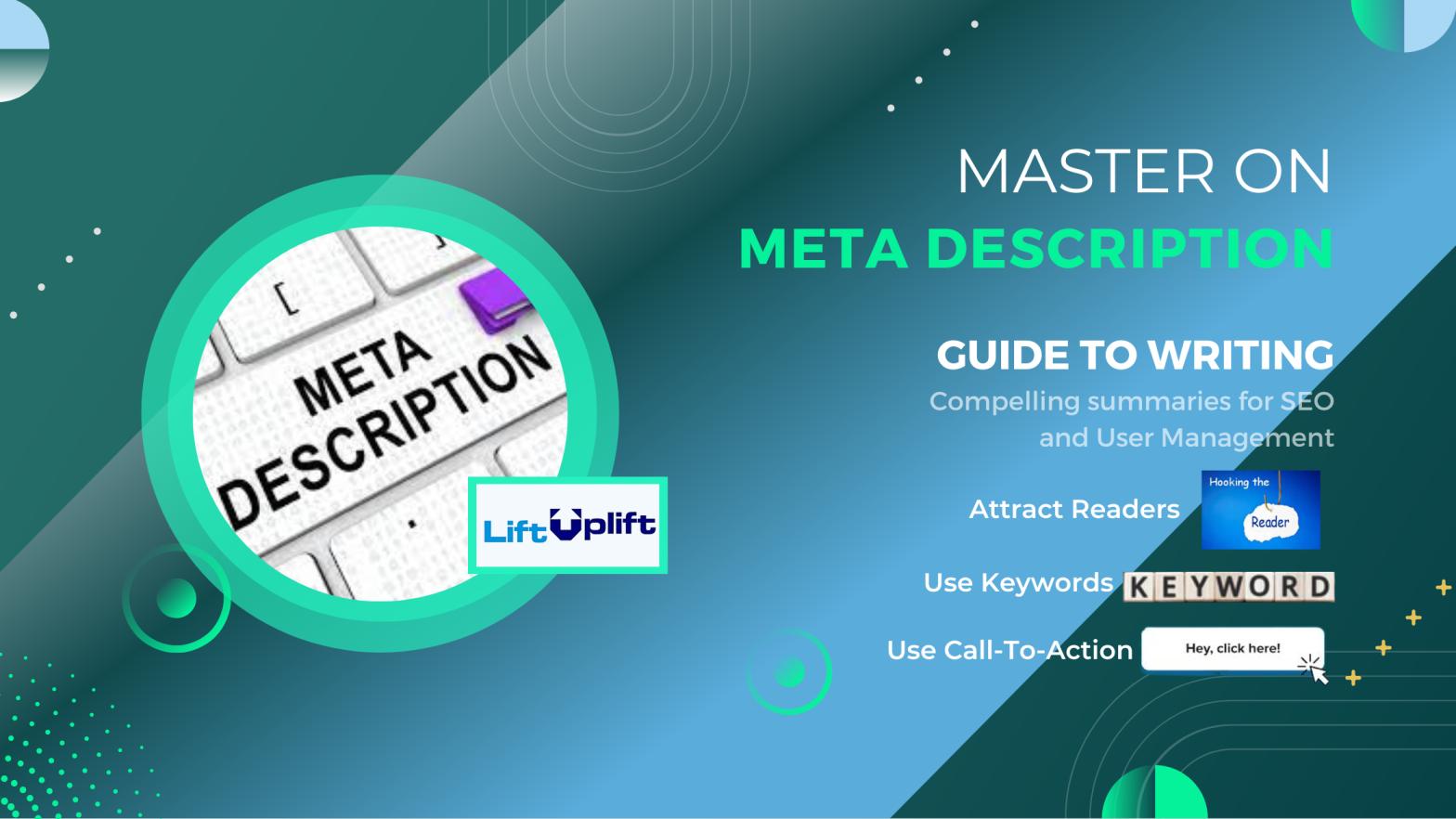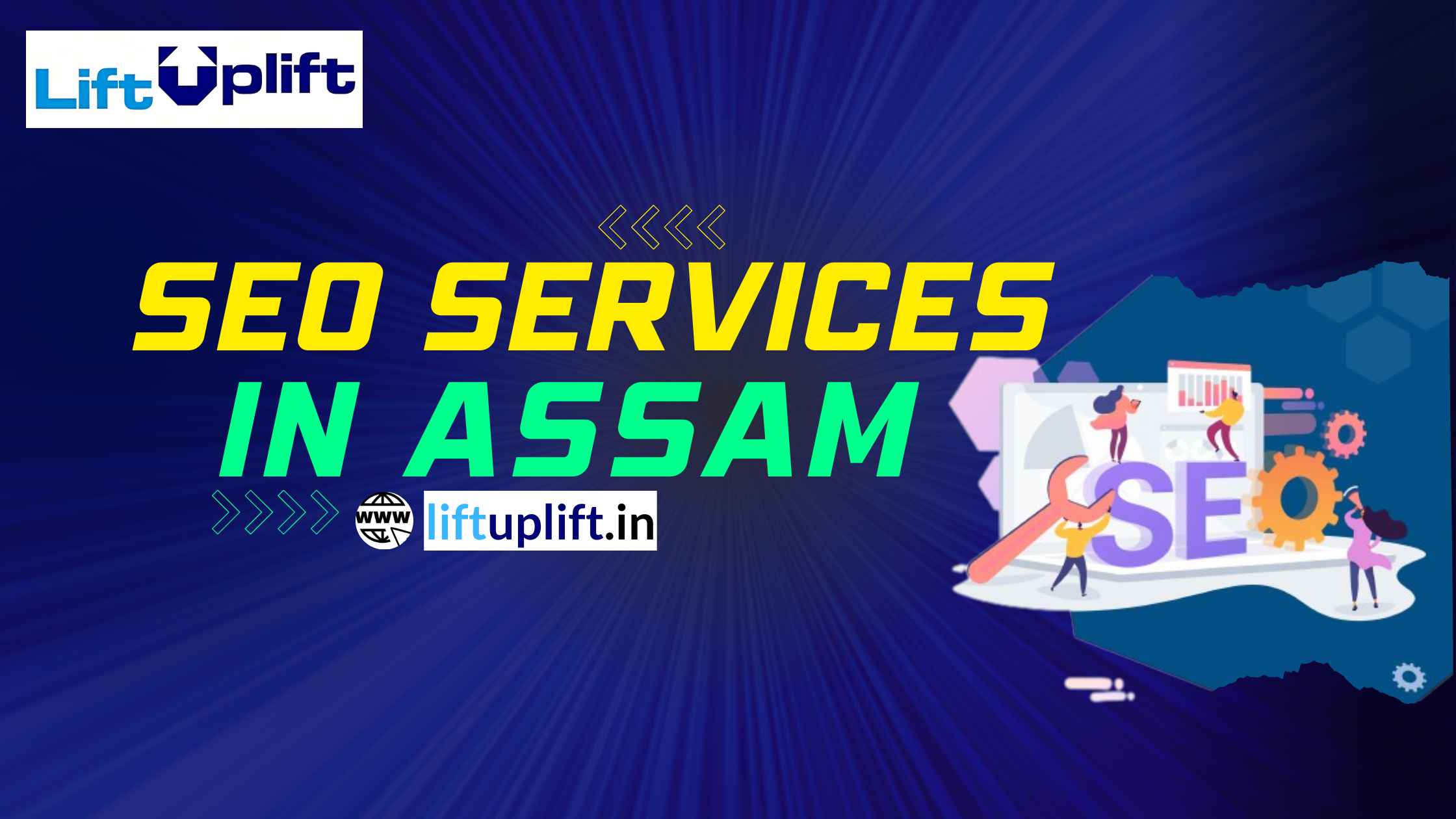A meta description is a brief summary of a webpage’s content that appears below the page title in search engine results. It’s an essential element of on-page SEO and is often the first impression a potential reader has of your website. In this post, we will explore the meta description definition and its importance in creating engaging and informative content for your readers.
By creating a compelling meta description, we can entice readers to click through to our blog and explore the topics in greater detail.
Join us as we explore this fascinating and complex subject and uncover the facts about what meta description is and its impact on our SEO.
What is Meta Description
Meta description refers to a short piece of text that provides a summary of a web page’s content. It typically appears below the page title in search engine results, giving readers an idea of what they can expect from the page before they click through to it.
The purpose of a meta description is to entice readers to click through to the page by providing a compelling and informative summary.
A well-crafted meta description can increase click-through rates and improve the page’s ranking in search engine results.
To create an effective meta description, it’s important to keep it concise and relevant to the page’s content. It should accurately reflect what the reader can expect to find on the page, using keywords that relate to the topic. It’s also important to avoid duplicate meta descriptions, as this can harm your website’s SEO.
Overall, a meta description is an essential element of on-page SEO that can help to attract readers to your website and improve your search engine ranking.
By understanding its purpose and best practices, you can create compelling and effective meta descriptions for your web pages.
What is the importance of having a Good Meta Description in SEO
A good meta description is crucial for search engine optimization (SEO). Here are some of the reasons why:
1. Attracts readers:
A well-crafted meta description can entice readers to click through to your website, increasing your website’s click-through rate.
2. Improves ranking:
A high click-through rate can also improve your website’s ranking in search engine results pages (SERPs), as search engines view this as an indication of the page’s relevance and usefulness.
3. Provides context:
A meta description provides context for search engines and readers, explaining what the page is about and what readers can expect to find on it.
4. Uses keywords:
By including relevant keywords in your meta description, you can improve the page’s relevance to the search query, increasing the likelihood of it appearing in search results.
5. Avoids duplicate content:
A unique meta description for each page on your website can help to avoid duplicate content issues, which can harm your website’s SEO.
6. Supports branding:
A well-crafted meta description can support your branding efforts, helping readers to identify your website and understand what you offer.
7. Enhances user experience:
By providing an accurate and informative summary of the page’s content, a meta description can enhance the user experience, helping readers to find the information they are looking for quickly and easily.
A good meta description is essential for SEO. By providing context, using keywords, and supporting branding efforts, it can help to attract readers, improve your website’s ranking, and enhance the user experience.
By crafting unique and compelling meta descriptions for each page on your website, you can increase your website’s visibility and drive traffic to your website.
What should be the length of a perfect Meta Description
The ideal length for a meta description is between 50 to 160 characters. Search engines typically display up to 160 characters, but it’s recommended to keep the meta description concise and to the point, as only the first 50-60 characters may be visible in search results.
The key is to use the limited space effectively by including relevant keywords and providing a compelling summary of the page’s content.
By keeping your meta description within the recommended length, you can create an effective and engaging summary that attracts readers and improves your website’s search engine ranking.
Steps on How to write a perfect Meta Description
Writing a perfect meta description is a key element of SEO. Here are some steps to follow to write an effective meta description:
1. Keep it concise:
Limit your meta description to 50-160 characters. Use the limited space effectively by including relevant keywords and providing a concise summary of the page’s content.
2. Use relevant keywords:
Include relevant keywords that relate to the page’s content. This can improve the page’s relevance to search queries and increase its visibility in search results.
3. Provide a summary:
Use the meta description to provide a summary of what the reader can expect to find on the page. This can entice readers to click through to your website.
4. Be unique:
Write a unique meta description for each page on your website. Avoid using duplicate meta descriptions, as this can harm your website’s SEO.
5. Write for the reader:
Keep the reader in mind when writing the meta description. Provide an accurate and informative summary that meets their needs and expectations.
6. Use a call-to-action (CTA):
Include a CTA in your meta description to encourage readers to click through to your website. This can increase your website’s click-through rate and improve its search engine ranking.
7. Avoid misleading information:
Don’t use misleading information or clickbait in your meta description. This can harm your website’s reputation and lead to a high bounce rate.
8. Keep it relevant:
Make sure your meta description is relevant to the page’s content. If it doesn’t accurately reflect what the reader can expect to find on the page, they may quickly leave your website, leading to a high bounce rate.
9. Test and optimize:
Test different meta descriptions and analyze their performance. Optimize your meta descriptions based on the results to improve your website’s search engine ranking and click-through rate.
In summary, writing a perfect meta description involves keeping it concise, using relevant keywords, providing a summary, being unique, writing for the reader, using a CTA, avoiding misleading information, keeping it relevant, and testing and optimizing.
By following these steps, you can create effective meta descriptions that attract readers, improve your website’s search engine ranking, and drive traffic to your website.
Common Mistakes you should avoid while writing a meta description
Writing a meta description is an important aspect of SEO, but it’s important to avoid certain common mistakes that can harm your website’s ranking and reputation. Here are some mistakes to avoid:
1. Duplicate meta descriptions:
Using the same meta description for multiple pages can harm your website’s SEO. Make sure each page has a unique meta description that accurately reflects its content.
2. Keyword stuffing:
Overusing keywords in your meta description can harm your website’s search engine ranking. Use keywords sparingly and naturally within the context of the summary.
3. Vague descriptions:
A vague or overly general meta description can fail to entice readers to click through to your website. Be specific and descriptive in your summary to provide a clear picture of the page’s content.
4. Not using a call-to-action:
A call-to-action in your meta description can encourage readers to click through to your website. Avoid missing out on potential clicks by not including a clear CTA.
5. Misleading information:
Using misleading information in your meta description can lead to a high bounce rate and harm your website’s reputation. Make sure your summary accurately reflects the page’s content.
6. Using special characters:
Special characters, such as emojis or symbols, can be distracting and unprofessional in a meta description. Stick to plain text to ensure a professional appearance.
7. Focusing on search engines over readers:
Remember that the meta description is meant to be read by humans, not just search engines. Prioritize the reader’s experience and create a summary that is informative, engaging, and useful.
8. Ignoring meta description length:
The ideal length for a meta description is between 50-160 characters. Avoid exceeding this limit, as search engines may truncate the summary, leading to an incomplete or confusing description.
Writing a meta-description requires attention to detail and careful consideration of the reader’s experience. Avoid common mistakes such as duplicate descriptions, keyword stuffing, vague summaries, missing CTAs, misleading information, using special characters, prioritizing search engines over readers, and ignoring the recommended length.
By following best practices and creating compelling meta descriptions, you can improve your website’s search engine ranking and attract more visitors to your website.
Free Tools to Help you write a Perfect Meta Description
Writing a perfect meta description can be challenging, but there are several free tools available to help you create effective and compelling summaries. Here are some of the best tools to consider:
1. Yoast SEO:
Yoast SEO is a popular WordPress plugin that provides real-time feedback on your meta description. It helps you optimize your summary for length, keyword usage, and readability.
2. Moz Title Tag Preview Tool:
The Moz Title Tag Preview Tool allows you to preview how your meta description will appear in search results. It also provides recommendations on how to improve your summary for maximum impact.
3. Google SERP Snippet Optimization Tool:
The Google SERP Snippet Optimization Tool allows you to create and preview your meta description in a simulated search engine results page (SERP). This can help you optimize your summary for maximum visibility and engagement.
4. SEMrush:
SEMrush is a powerful SEO tool that includes a feature for optimizing meta descriptions. It provides insights on keyword usage, length, and readability, as well as recommendations for improvement.
5. Portent’s SERP Preview Tool:
Portent’s SERP Preview Tool allows you to preview how your meta description will appear in search results, as well as providing feedback on length, keyword usage, and engagement.
6. Meta Description Checker by SEO Review Tools:
This free tool allows you to check the length of your meta description and provides recommendations to improve it. It also checks for duplicate meta descriptions and provides suggestions for unique descriptions.
In conclusion, using these free tools can help you write a perfect meta description by providing insights and recommendations on length, keyword usage, readability, engagement, and other factors that contribute to an effective summary.
By taking advantage of these resources, you can optimize your meta descriptions for maximum visibility and attract more visitors to your website.
Benefits of Having a Good Meta Description
Having a good meta description for your website has several benefits, both for search engines and for users. Here are some of the key benefits:
1. Increased Click-Through Rate (CTR):
A well-written meta description can entice users to click on your website’s link in search results, increasing your website’s click-through rate. This can lead to more traffic and potentially more conversions.
2. Improved Search Engine Ranking:
A well-written meta description that includes relevant keywords can help improve your website’s search engine ranking. This is because search engines use meta descriptions to determine the relevance and quality of a webpage.
3. Increased User Engagement:
A good meta description can help increase user engagement by providing a clear and concise summary of the page’s content. This can lead to more time spent on your website, lower bounce rates, and increased user satisfaction.
4. Better User Experience:
A clear and concise meta description can help users quickly understand what your website offers and whether it is relevant to their search query. This can improve the overall user experience and make your website more user-friendly.
5. Improved Brand Awareness:
A well-written meta description can help build brand awareness by effectively communicating your brand’s messaging and values. This can help establish your brand’s reputation and increase user loyalty.
Having a good meta description for your website has several benefits, including increased click-through rates, improved search engine ranking, increased user engagement, better user experience, and improved brand awareness.
By taking the time to create effective and compelling meta descriptions, you can improve your website’s visibility, attract more traffic, and ultimately increase your conversions and revenue.
Summary
A good meta description is important for search engine optimization and user engagement. It can increase click-through rates, improve search engine ranking, increase user engagement, provide a better user experience, and improve brand awareness.
To write a perfect meta description, it should be concise, relevant, and engaging, while also incorporating relevant keywords.
Common mistakes to avoid include duplicating descriptions, using too many keywords, and not using action-oriented language.
Free tools such as Yoast SEO, Moz Title Tag Preview Tool, and Google SERP Snippet Optimization Tool can help you write effective meta descriptions. By creating effective and compelling meta descriptions, you can improve your website’s visibility, attract more traffic, and ultimately increase conversions and revenue.



